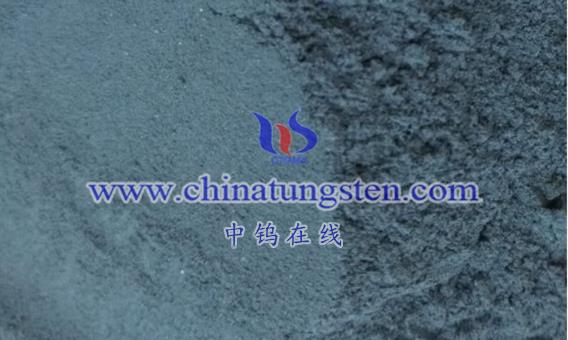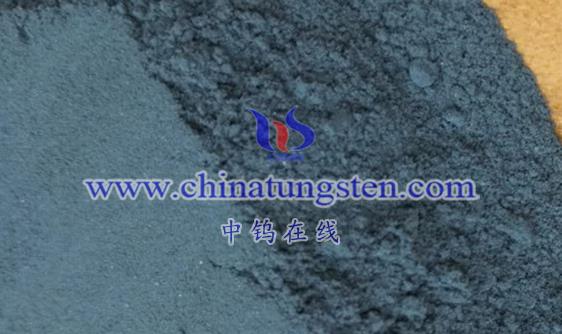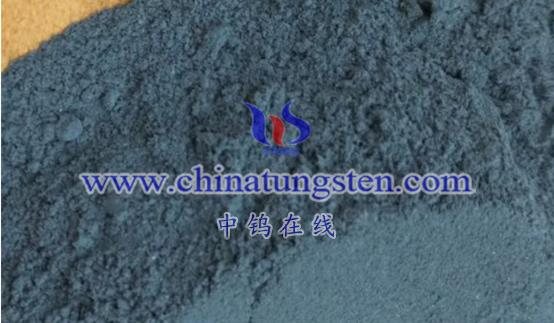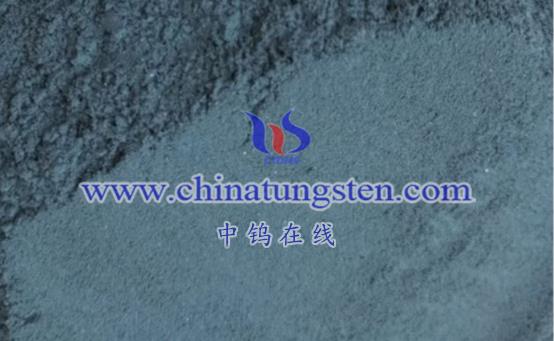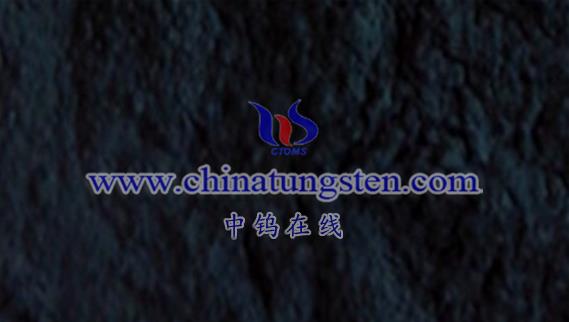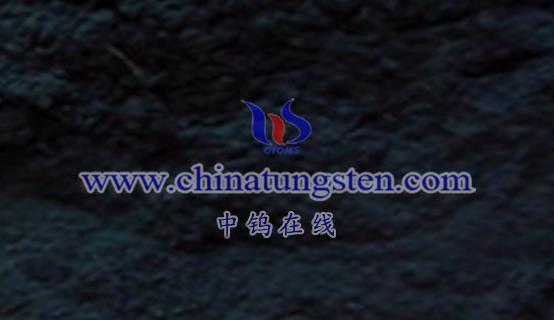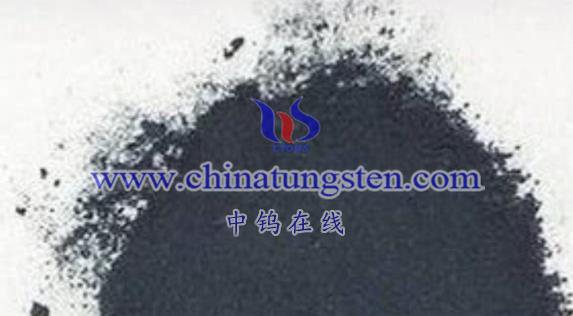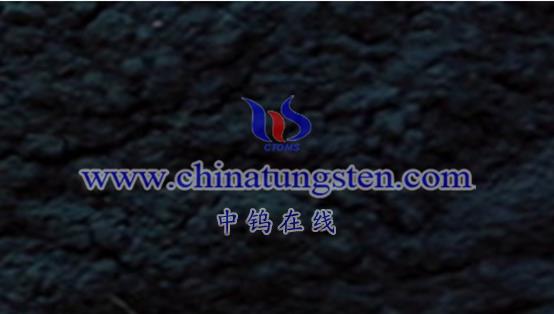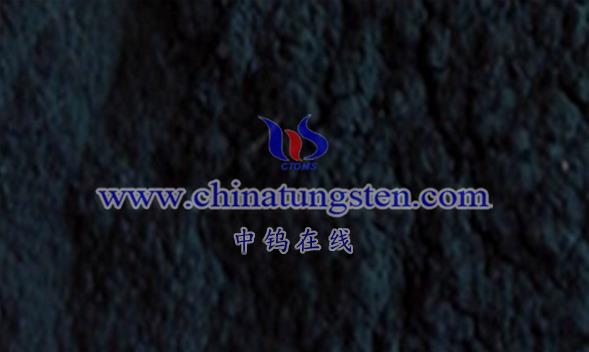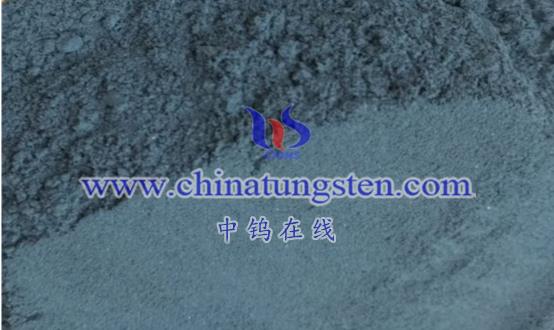
Oxygen vacancy tungsten trioxide (WO₃-x) plays a crucial role in enhancing the performance of aluminum-ion batteries (AIBs). Here’s a breakdown of its contributions:
- Enhancement of Battery Performance
- Increased Anode Capacity:
When used as an anode material, the introduction of oxygen vacancies in WO₃-x increases the electron density near the Fermi level, which enhances the electrochemical activity of the material. This leads to a higher capacity, improving the overall performance of the aluminum-ion battery.- Oxygen vacancy tungsten trioxide exhibits excellent aluminum-ion storage and redox characteristics, enabling more effective storage and release of aluminum ions, thus improving the charge storage capability of the battery.
- Improved Cycling Stability:
Oxygen vacancy tungsten trioxide’s high chemical and thermal stability helps maintain structural integrity during charge and discharge cycles, thus reducing performance degradation. This ensures longer cycle life, which is crucial for the longevity of the battery.
- Optimization of Battery Structure
- Enhanced Ion Transport:
Although this effect is more commonly associated with lithium-ion batteries, the nanostructure and high surface area of oxygen vacancy tungsten trioxide in aluminum-ion batteries may also facilitate the transport of aluminum ions within the cell. The increased ion transport channels reduce migration resistance, enhancing the reaction rate and efficiency of the battery.
- Potential for Future Applications
- Replacement of Traditional Materials:
Oxygen vacancy tungsten trioxide has the potential to replace some conventional anode materials, such as graphite, in aluminum-ion batteries. Its superior electrochemical performance and stability make it a promising alternative material for AIBs. - Advancement of Aluminum-Ion Battery Technology:
The application of oxygen vacancy tungsten trioxide in aluminum-ion batteries could significantly advance the field, potentially leading to breakthroughs in energy density, cycling stability, and other key performance metrics. Continuous material optimization may further push the development of AIB technology.
- Real-World Example
- A study by the research team led by Professor Yan Chao at the School of Materials Science, Jiangsu University, demonstrated a water-based aluminum-ion battery using WO₃-x as the anode material. The battery exhibited ultra-high stability and charge storage capacity, addressing some of the limitations of current aluminum batteries. This research, published in Energy Storage Materials, highlights the potential and value of oxygen vacancy tungsten trioxide in AIBs.
In summary, oxygen vacancy tungsten trioxide enhances the performance of aluminum-ion batteries by increasing the anode capacity, improving cycling stability, and optimizing ion transport. Its potential to replace traditional materials and contribute to the advancement of AIB technology positions it as a valuable material for future energy storage solutions.
More details of tungsten oxide product, please visit website: tungsten-oxide.com
Please contact CHINATUNGSTEN for inquiry and order of tungsten oxide:
Email: sales@chinatungsten.com
Tel.: 86 592 5129595
